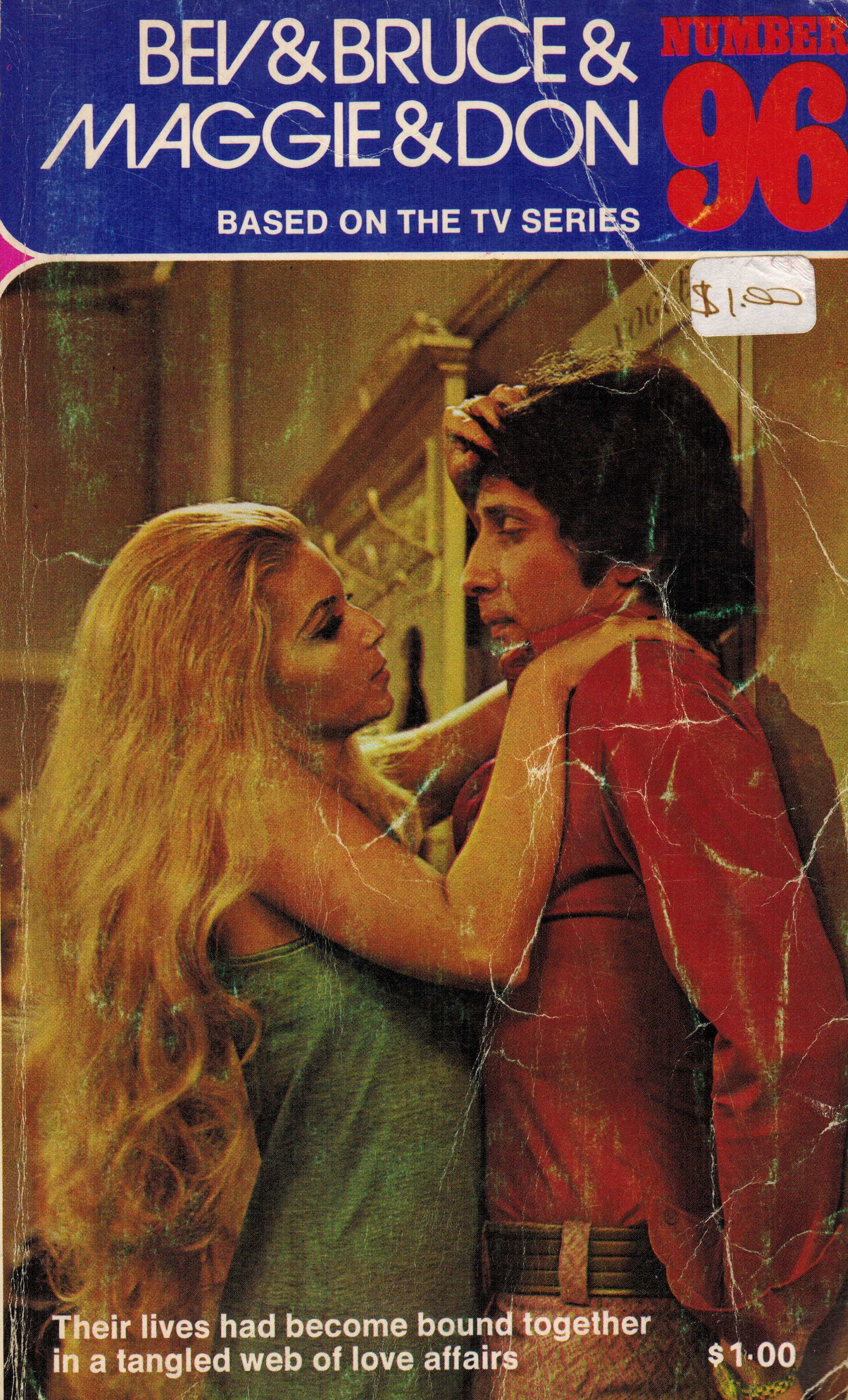A spur of the moment decision over summer to watch Howard Hawk’s 1959 Rio Bravo, led to me view a number of Westerns I hadn’t previously seen.
A so-called classic that regularly appears on best of lists of Westerns, Rio Bravo is the story of a small town sheriff (John Wayne) who enlists the aid of a cripple, a drunk and a young gunfighter in his efforts to hold the brother of a local outlaw in his jail.
A lot of people I know love the film but I found it overlong, wooden, and there was zero chemistry between Wayne and Angie Dickinson. I watched Hawk’s earlier effort, Red River (1948), which I enjoyed more, especially Montgomery Clift’s performance, and John Ford’s The Searchers (1956), in which an embittered racist civil war veteran (Wayne again) embarks on a journey spanning several years to rescue a niece (somewhat unconvincingly played by Natalie Wood), stolen in a Comanche raid. It is a terrific piece of story telling, as much for what is not said and shown as what is.
Also on the list was Lawman (1971), a pretty average effort, in which a sheriff (an ageing Burt Lancaster) arrives in a town to arrest all the cattlemen whose celebration in his town the year before resulted in the death of an old man, and the excellent 1959 Andre de Toth film, The Day of the Outlaw.… Read more
























